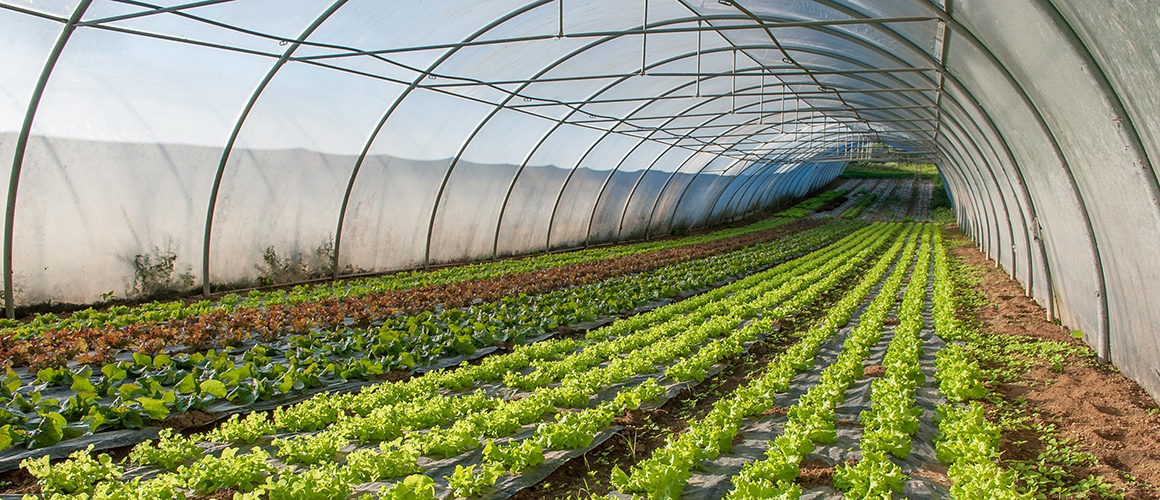EnviroVeg program to relaunch at Hort Connections 2018
30 April 2018
Levy-funded report analyses viability of protected cropping in tropical Australia
30 April 2018Adaptation and adoption of risk-mitigating technologies for vegetable crops in the Australian tropics could help overcome marketable yield losses caused by climate variability and extreme weather events and therefore ensure supply commitments. For some vegetable crops, protected cropping structures can potentially address many of the above issues by providing a cost-effective control of the growing environment.
While there has been significant investment and expansion of protected cropping production systems in Australia, most of this growth has been concentrated in temperate regions. Almost entirely from field-grown crops, 58% of the total production of high-value vegetables (i.e. tomato, capsicum, cucumber, melon, and eggplant) are supplied from growing regions in QLD, WA and NT in the tropics of Australia. Climate variability and extreme weather events result in marketable yield losses in these regions and disrupt domestic and potential export supply commitments. This challenge could be partially overcome by adapting and adopting risk-mitigating technologies. There is evidence that using protected cropping technologies (i.e. specific inputs and management practices) tailored to mitigate key production constraints in warm climates can increase yields and minimise the risk of crop losses. Growers and other value-chain stakeholders in the tropics of Australia currently have limited knowledge regarding which protected cropping technologies would be most appropriate and cost-effective.
The intended outcome of this project is to provide vegetable levy payers, industry stakeholders and value chain members with access to information about the feasibility and economic credentials of protected cropping in the tropics. This will assist Hort Innovation prioritise future R&D investments and contribute towards supporting industry stakeholders with improved decision making and increased adoption.
The specific objectives of the project are to assist Hort Innovation and vegetable industry stakeholders:
- identify knowledge and information gaps regarding vegetable production in protected cropping systems in tropical growing regions,
- determine the vegetable types and protected cropping structures most suited for production in tropical Australia,
- determine the optimum locations and scale for protected cropping structures in tropical Australia and associated volume and value outcomes for suitable vegetable crops, and
- understand the economic viability of producing vegetables in protected cropping structures in tropical Australia production regions.
Towards meeting the above objectives, this report provides: a gap analysis and economic assessment of protected cropping technologies for vegetables in tropical growing regions; information about possible crops, technologies, and suitable regions for potential scaling up of protected cropping, with associated volumes and value outcomes for targeted vegetable commodities; and analyses of economic viabilities and overviews of marketing opportunities for protected cropping production scenarios in the Australian tropics. The information was gathered 7 from recent R&D and demonstration plots in the tropics, expert knowledge, publications, and study tours and interviews with industry representatives.
This project contributes towards Horticulture Innovation Australia’s Strategic Investment Plan by addressing issues that relate to managing risks and enabling sustainability (e.g. climate adaptability responses), stimulating productivity and driving growth (e.g. emerging technologies and innovative cropping systems), and building capacity (e.g. knowledge-sharing and people development).
